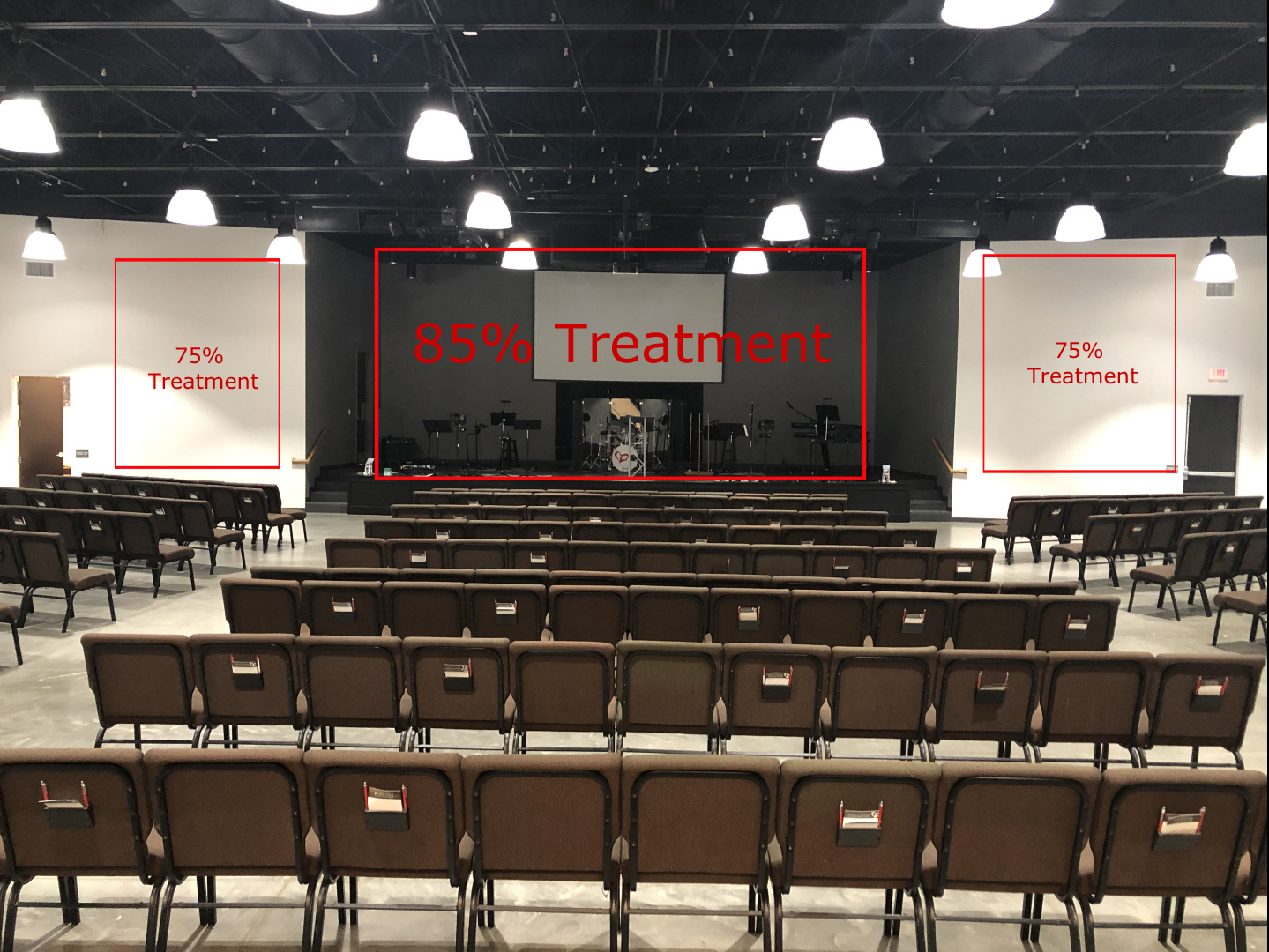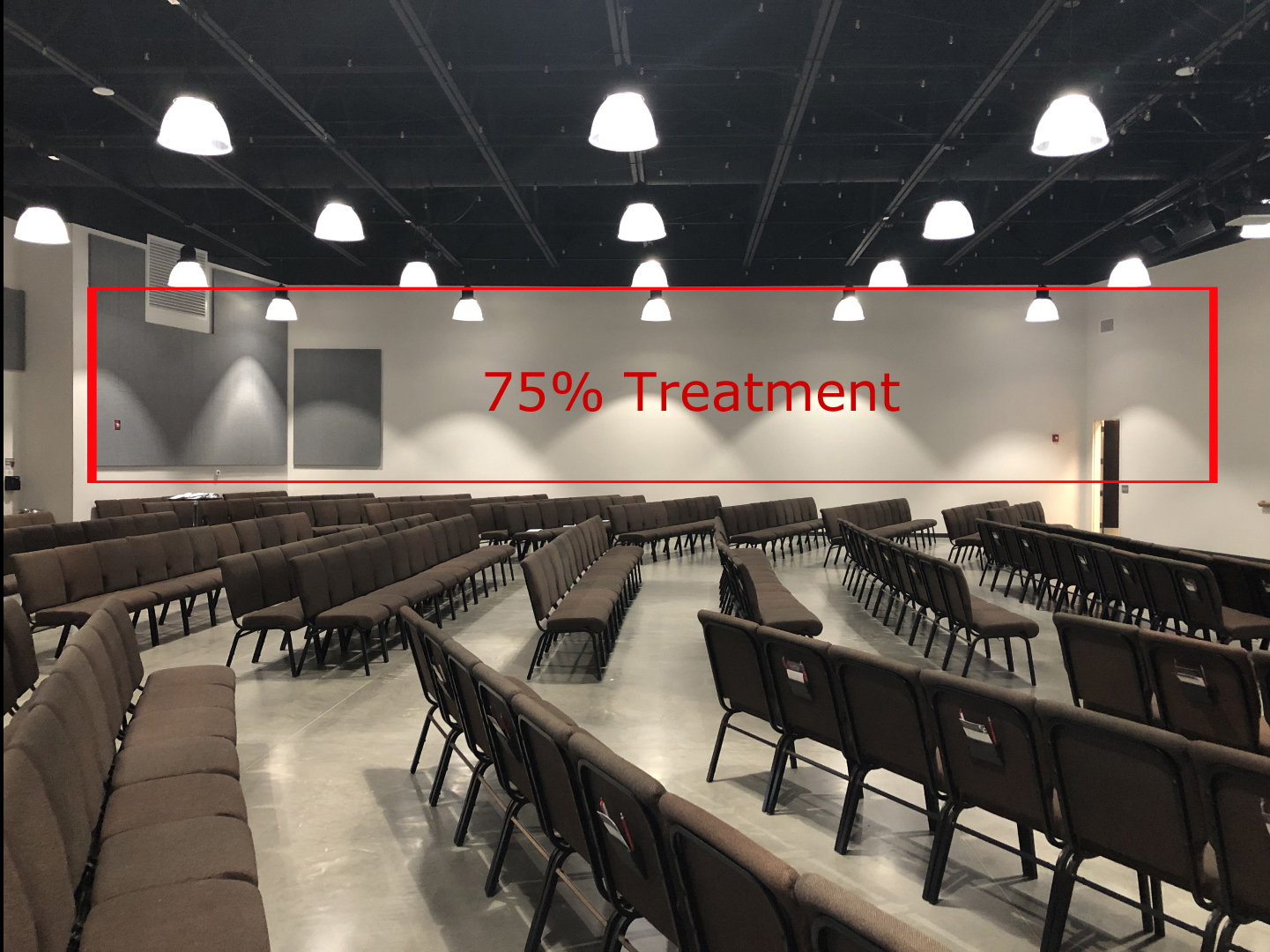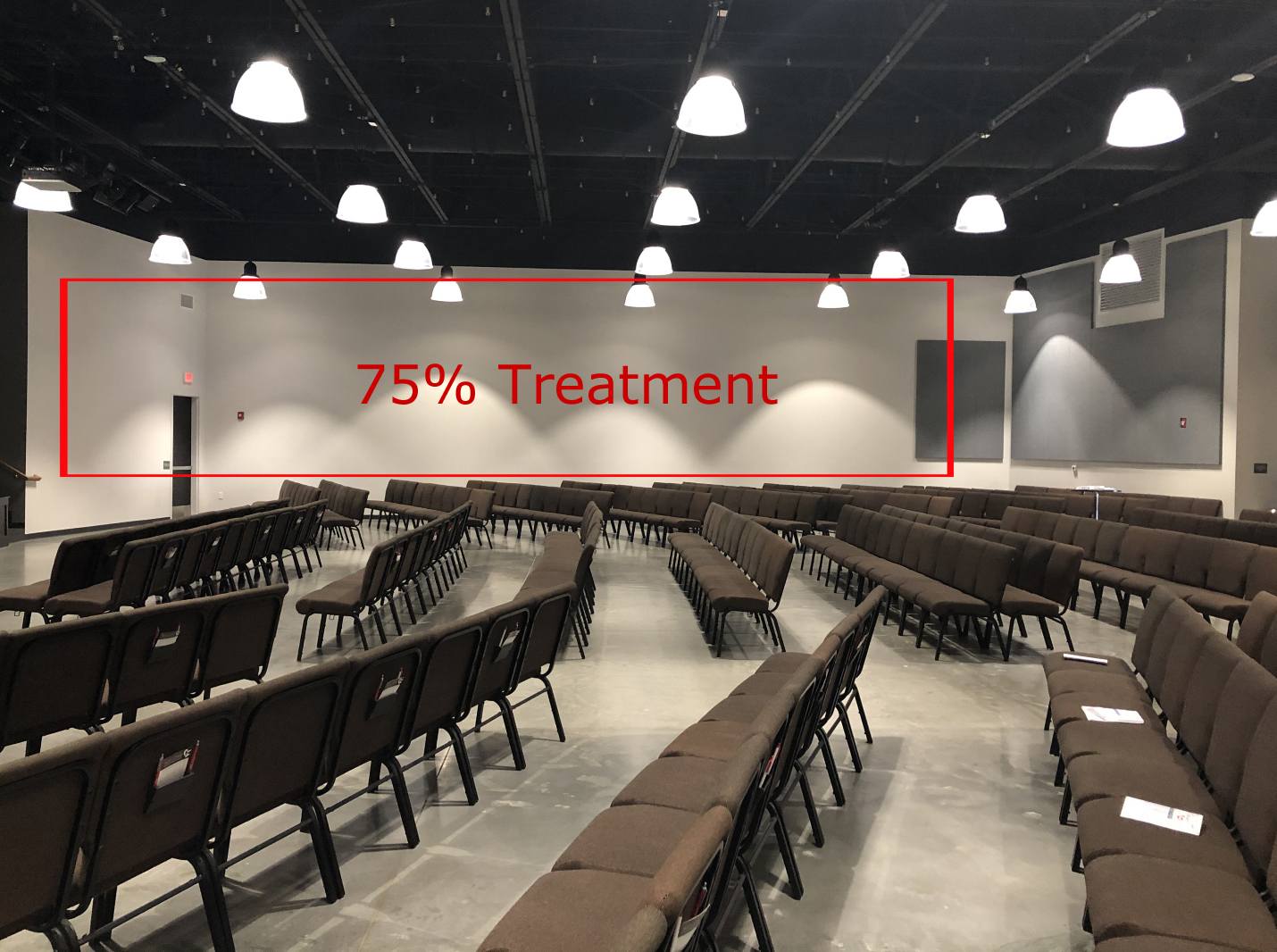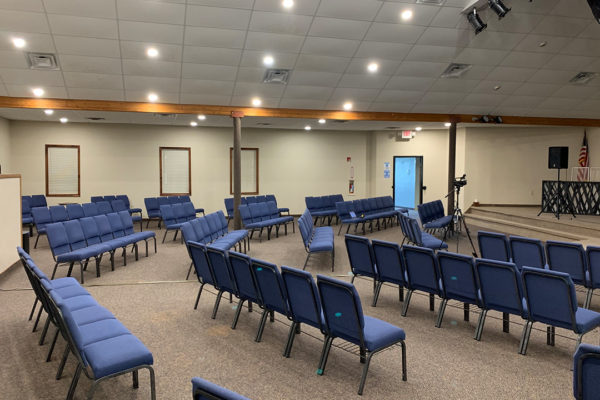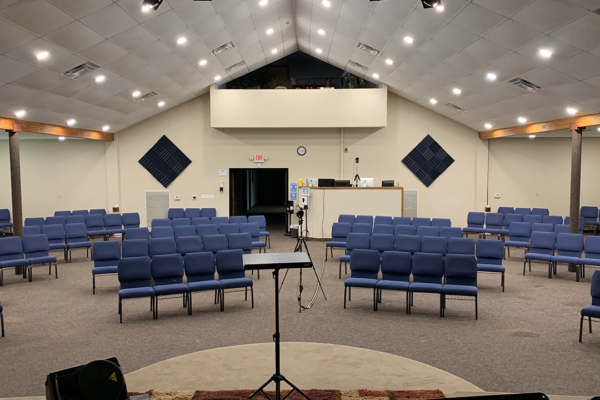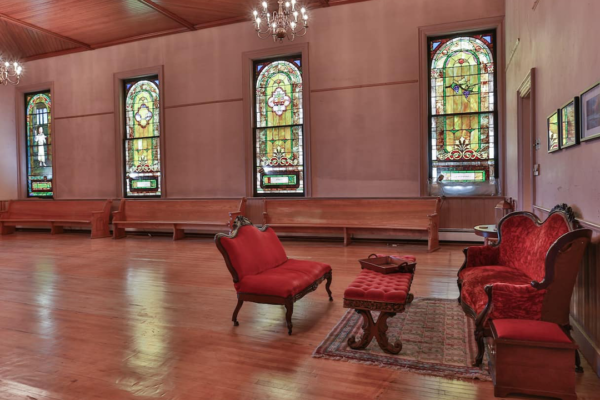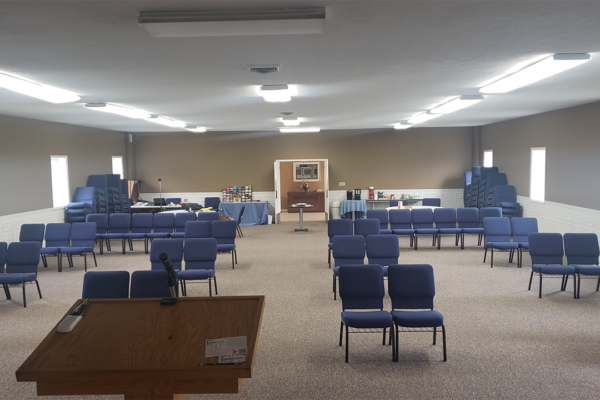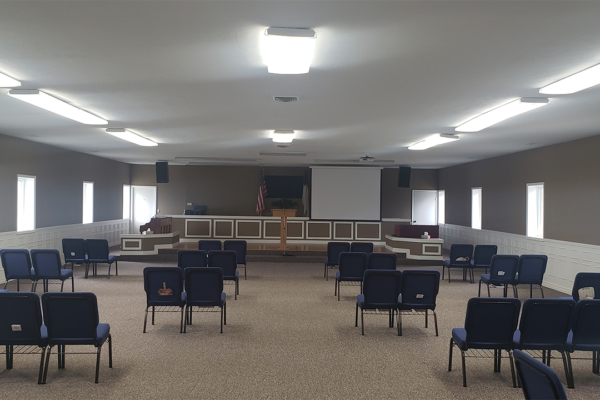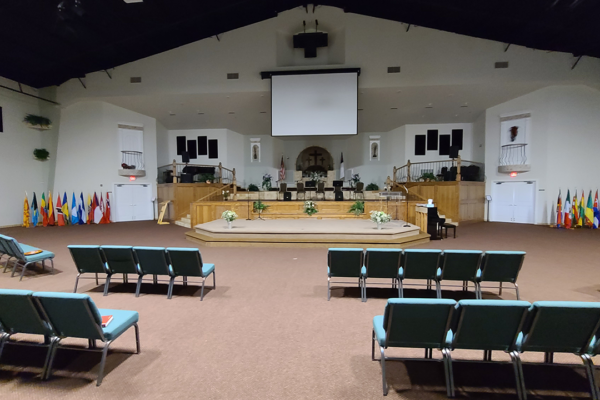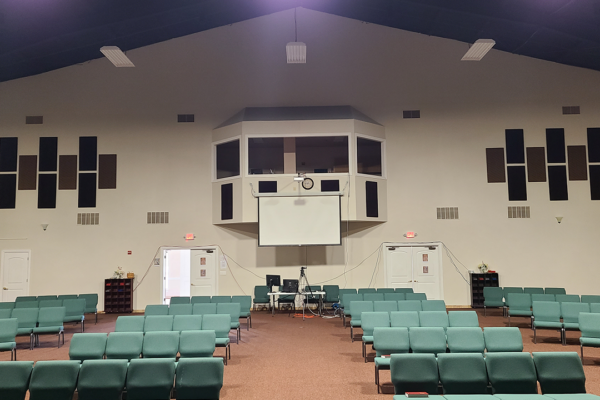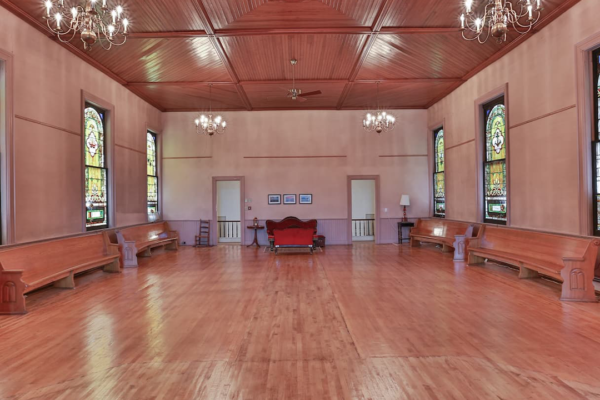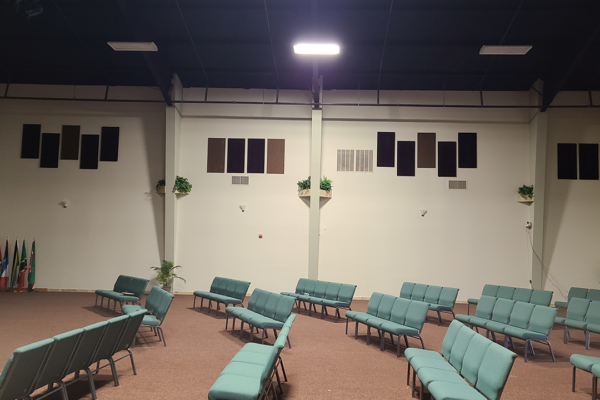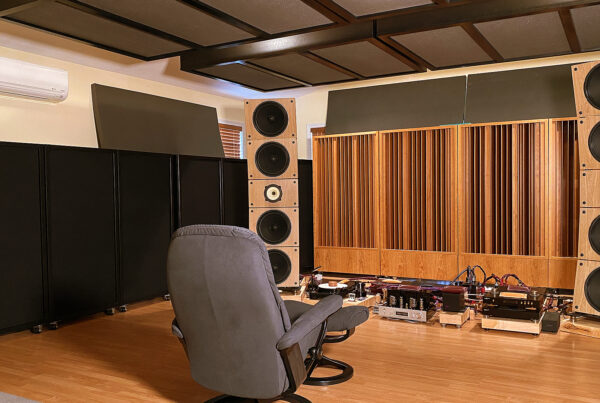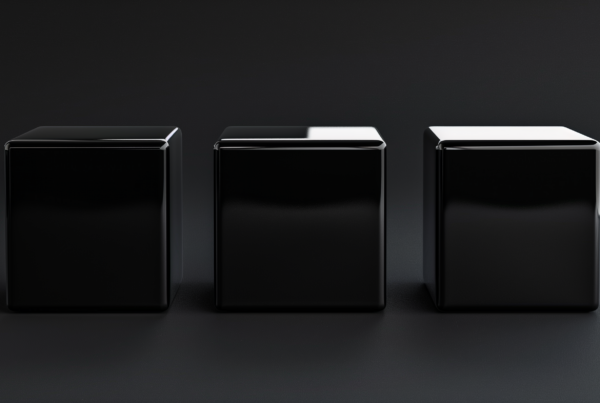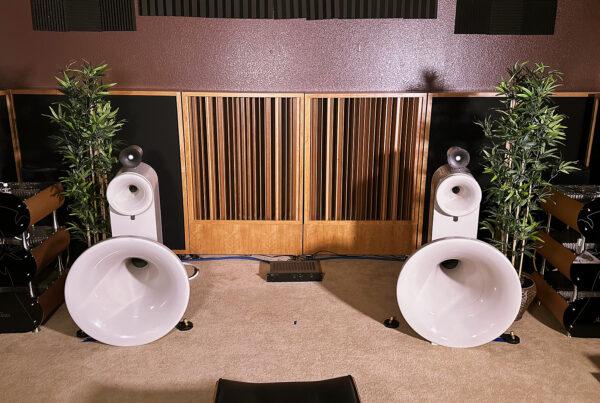Acoustic Design Project
Church Acoustics
Budget For
There are many issues that go into the acoustics we use in our houses of worship. The first issue we must deal with is budget. Most church budgets are not large enough to solve the acoustical issues. Most church elders do not understand that there will be many materials required that cover large amounts of surface areas. Most surface areas such as walls require at a minimum 70% surface area treatment coverage. Secondly, we must realize that we must have the available surface area space in order to install the treatment.
Speech vs. Musical Intelligibility
If we have many surface areas that have windows and ornamentation, we can not treat that given space. This will require us to make up that lost space requirement on other wall or ceiling surface areas. Thirdly, we have two types of energy in today’s modern churches. We have live bands. Live bands produce full range energy with lots of “bass” or low-frequency energy. The band produces full range energy issues. The congregation and choir produce middle and high frequency energy. Don’t forget about the spoken word. All of these “noise” sources contribute to excessive reverberation times. Reverberation is defined as to how long a sound stays around within the room after the sound has been spoken or played. Reverberation is produced when the spoken or musical word strikes each surface area within the church. The energy strikes the four walls, floor, and the ceiling. The reflected energy from these surface areas accumulates throughout the church and we have the spoken word colliding the musical word and the musical word getting lost in its ability to be musical and strengthen the spoken word.
The speech intelligibility index and the “musical intelligibility” indexes must cross together at the right frequencies and locations within the church. This is why most churches do not sound good. Achieving a balance between these two critical indexes is difficult for most engineers but the most seasoned. We want to hear the spoken word evenly throughout each seat location and we want to be uplifted by the musical “word”. We must manage reverberation times to achieve this goal. In today’s churches, we have live bands. Live bands are composed of drums, guitars, and many other energy generating devices. In churches that have lower ceiling heights, the energy from just the drums alone will not fit between the floor and ceiling. When this occurs we get room distortion. It is technically lower frequency energy which is 30 – 40′ long not fitting between the ceiling and floor dimensions. We must treat this energy issue with a different absorption technology type than we do with excessive reverberation times. We must use a sound absorbing technology that focuses on the energy from 30 – 300 Hz.
Acoustic Treatment Coverage Area
Slowing the Pressure Wave Down
The reverberation time energy issue is where we focus on 125 Hz. – 6,500 Hz. With both low-frequency and reverberation time treatment, we need the correct surface area coverage with the proper rate and level of absorption to treat the amplitude (strength) of the energy throughout the church. It’s all about square footage. Music and voice are different from noise. Noise requires that you try and eliminate as much of the noise issue as you can per square foot of the material type you have chosen for the job. Music and voice do not need or require that rate of absorption. With music and voice we are not trying to absorb all of the excess energy created within the room. We must choose a correct rate of absorption so that the voice can stay a voice and the music can sound like music. If you absorb too much of the music and voice, you lose part of the sound quality. The presentation becomes too dead or lifeless. We want the music to sound “organic”. We want our music to be natural. If you use noise technology to treat music and voice, you will destroy the second, third, and fourth order harmonics which is where the emotional connection to music is found.
We must use a sound absorption technology that just absorbs enough of the excessive energy to allow the room to step aside and let the music through. The two treatment types we need in churches are low-frequency treatment for the band and middle and high frequency for the congregation and choir. The most powerful of all the absorption technologies is diaphragmatic. Low-frequency energy pressure waves strike the absorber and the front of the diaphragmatic absorber is designed in such a manner as to push back against the assaulting low-frequency pressure wave from the band. By pushing back, the diaphragmatic absorber slows the pressure wave down with an out of phase front wall. The energy that is slowed then moves inside the diaphragmatic absorber where it faces a lower atmospheric pressure. In this lower pressure region inside the cabinet, the wave energy collapses. For reverberation (reflection) time management we use open celled acoustic foam that has been designed specifically for music and voice. Different foam thicknesses are required on different surface areas due to the varying energy striking the room boundary surfaces.
Click on image to enlarge
Do you want to solve your room acoustic problems?
There’s no one size fits all when it comes to room acoustics.
Get your FREE personal room acoustics analysis by chief acoustics engineer Dennis Foley.


